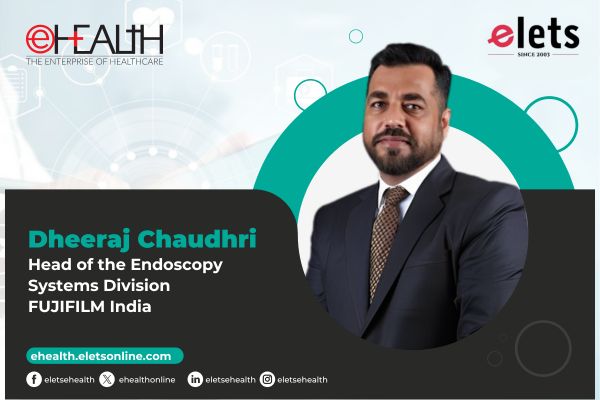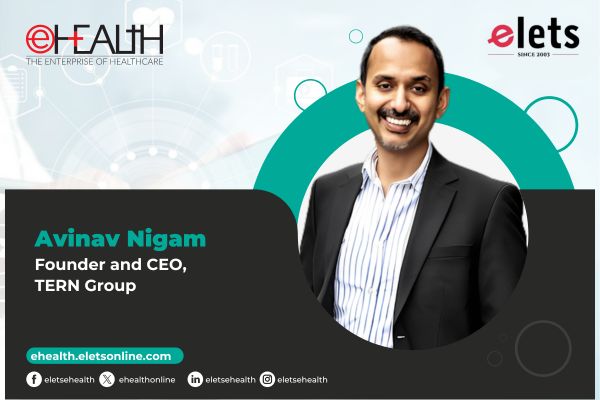
Catering primarily to lower and middle-class patients, Dr Yuvraj Sharma, Medical Superintendent, Avantika Hospital, talks about the challenges in providing affordable healthcare amidst rising costs to our correspondent Rajesh K Sharma.
Please tell us something about Avantika hospital.

Avantika Hospital is a 35-bed hospital, predominantly dealing with trauma, accidents and surgeries. We have specialty as well as super-specialty departments except cardiothoracic surgery and oncology.

What are the super-specialty disciplines that you offer?

In super-specialty, we have neurology, neurosurgery, plastic surgery and joint replacements like spine. We have medical oncology, but not surgical oncology.In cardio, we provide Cardio therapy, but not cardio surgery.

What section of society do you cater to?
We cater to all classes of patients, lower middle class to middle class to upper middle class.
How many patients does the hospital see daily?
On an average, we treat around 70 to 80 patients in our various OPDs at Avantika Hospital. At times, the number of incoming patients touches 100.
How do you streamline your day-to-day operation?
At Avantika Hospital, we rely on our staff for managing our patients. We do not have an HMIS or any other software installed specially for this purpose. Our hospital staff is our HMIS.
Given the high number of patients, don’t you feel that you should have a real-time monitoring system to efficiently manage the patients?
It is not that we don’t have any software for managing our different departments.Currently, we have billing software for accounts, software for our various labs, and other departments. But they are not integrated. Very soon, we will integrate our various departments.
Are you planning to introduce HMIS in the future?
Yes, we are planning to have an HMIS system in our hospital this year.
In your opinion, what is the role of technology in making healthcare affordable?
Medical technology is not cheap in India as yet due to the high taxes in importing of medical instruments. In addition, since most of the equipment is not made in India, their timely upgradation is not possible. There is subsidy on other products, but not on medical equipments. The upkeep of these equipments is not cheap either. Though, the medical equipments are not cheap, they cannot beat the human mind in providing quality healthcare.
But of late, Indian manufacturers have also started making these equipments as well as providing software solutions.
The best equipments are still made by foreign countries. Indian-made equipments have not come up to the mark as yet. As regards the medical software solutions, these are designed more for the doctors than the patients. They help the doctors in managing the business part of their practices, but their contribution in the patients well being is still minimal. For that, the human mind is still the best option.
While the medical equipments are not cheap, they cannot beat the human mind in providing quality healthcare.”
How can healthcare be made more affordable?
First and foremost, the government should reduce the taxes and promote the import of healthcare-related instruments. There should be no import duties on them. Also, the electricity rates for hospitals should be reduced. If they charge us commercial rates, then they control the bed charges in our hospitals. They cannot force us to limit our bed charges. If the government cannot provide us electricity at subsidized rates, then at least give it to us at residential rates. The patient lying on the bed is residing here. If no relief is given, then ultimately the charges will go to patients. There should also be minimal interference of inspections on the doctors and hospitals hours. The government does not give any benefit in the land rates as well. Currently, only corporate hospitals can afford to start new hospitals.
Higher land prices are wiping out the smaller hospitals, while the bigger hospitals don’t charge anywhere near what we do. Their in-and-out charges are in the range of `4,000 to `5,000. Even a minimal laparoscopic surgery costs between `70,000 and `80,000, which very few can afford. If the government thinks that by raising the healthcare standards they will be able to make healthcare affordable for rural and poorer section, then they are wrong ” you need smaller hospitals, mid-sized hospitals. The WHOs Health For All says that there should be a set up to stabilize critical patients as well as a referral system.
Doesn’t India have a referral system in place?
India does not have a concept of referrals. The Health Minister is not a medico, the Health Secretary is not a medico. They look at policies in other countries and try to fit it in our health policy without understanding the concepts.
Can hospitals like Avantika hope to grow to a size of a tertiary healthcare center?
It is not easy in current times.
What are your expectations from the new government?
My expectation from the government is that healthcare policies should be applied only after getting feedback from the end users”the patients, the doctors, the para-medical staff, etc. Also, there should be a gradual transition phase of about three years, not like the current set up ” where we are told to upgrade our facilities on a short notice.
Be a part of Elets Collaborative Initiatives. Join Us for Upcoming Events and explore business opportunities. Like us on Facebook , connect with us on LinkedIn and follow us on Twitter , Instagram.
"Exciting news! Elets technomedia is now on WhatsApp Channels Subscribe today by clicking the link and stay updated with the latest insights!" Click here!

















